Blog
November 21, 2017
Celebrating 25 years
Saturday 18 November marked the Sydney Jewish Museum’s momentous 25th birthday. Moving into our 26th year, we are taking some time to reflect upon the formative years of the Museum, and the incredible pioneering spirit of the Holocaust survivors so central to the Museum’s existence and relevance today.
On Sunday 19 November, nearly 30 survivors assembled in the Magen David foyer of the Museum around blue-and-white iced cake in the shape of ‘25’, to mark the tremendous achievements of their peers in growing and nurturing the seed that they planted 25 years ago.
On this occasion, Norman Seligman, CEO of the Sydney Jewish Museum, offers: “As we celebrate our 25th anniversary, it is important to remember the driving forces that gave rise to our creation. One such force was a desire by the generation of Holocaust survivors who came to Australia. They were determined to remember and honour those who were murdered during the Holocaust. Even before the Museum opened in 1992, they had been meeting, telling their stories and gathering artefacts.”
Hundreds attended the opening of the Museum on Wednesday 18 November 1992. It was an emotional event that signified the realisation of a long-anticipated and hard-earned dream for the survivor community. They finally had a single place at which to remember, commemorate and pass on the important messages of the Holocaust, particularly for those who were never able to.
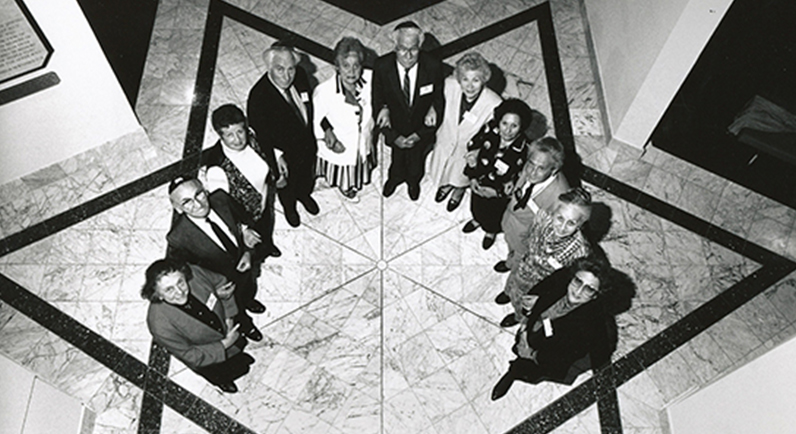
The release of Steven Spielberg’s film Schindler’s List in 1994 brought the Holocaust into the Australian conscience, and the Museum experienced an influx of visitors wanting to learn more about this history.
Another key landmark event in the Museum’s history, and one of many more significant anniversaries to come, was the 50th Anniversary of Liberation in 1995. This year was highlighted by a tribute evening at the Sydney Opera House with talks by liberators, survivors and descendants. It was in this year, as well, that The Resource Centre was opened by former Prime Minister Bob Hawke AC GCL.
Securing its future as a longstanding feature of the Australian Jewish community, in 1998 the Sydney Jewish Museum formed a Committee of Management and became the 18th member of the Jewish Communal Appeal.
In 1999, the Museum opened Within the Walls: The Theresienstadt Ghetto, the first major temporary exhibition since 1996, and the Museum’s first travelling exhibition.
In the year 2000, the Museum launched Project 120, the video-recording of Survivor Guides’ testimonies for preservation of their stories. The turn of the century marked an emphasised focus on history and memory, and the importance of personal story to understanding the Holocaust.
A destination within the Museum, the Children’s Memorial was opened in 2002. Each year since its dedication, photographs are added to the Memorial’s wall to continue the representation of community voices.
The 60th Anniversary of Liberation was celebrated in 2005 and, with this milestone, brought the record-setting student visitor attendance to 12,000.
The Museum acquired nearly 600 objects from the NSW Association of Jewish Ex-Servicemen and Women in 2007, which substantiated the Museum’s collection on Australian Jewish History. In 2010, the Museum took measures to showcase this collection in its new permanent exhibition space with the opening of Serving Australia: Jewish Contribution in Australian Military History.
Garnering much fanfare, Dressing Sydney: The Jewish Fashion Story was opened in 2012. In this same year, the Curatorial Department was successful in procuring its first loan from the Auschwitz Birkenau State Museum, Poland.
From 2015 to the present, the Museum has continued to grow into newly refurbished education and exhibition spaces with world class technologies for research and display of testimonies and artefacts. In 2017, after nearly 5 years of development, the Museum opened the new permanent Holocaust Exhibition, which will continue to allow visitors to engage with Holocaust history in dynamic ways, through new technologies and previously archived artefacts. Now educating more than 25,000 students and welcoming over 23,000 adults per year, the Museum proudly continues to maintain its relevance and pass on its key messages to the generations to come.
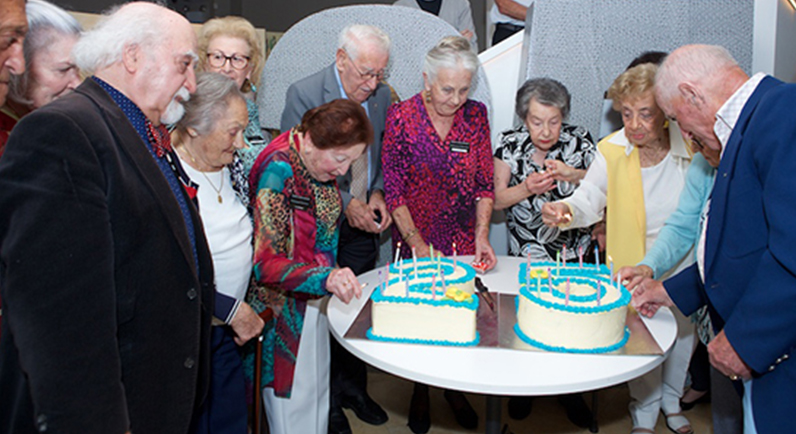

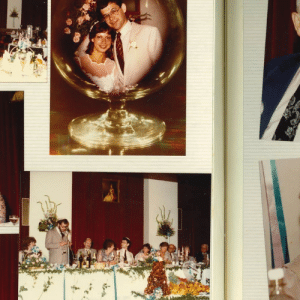
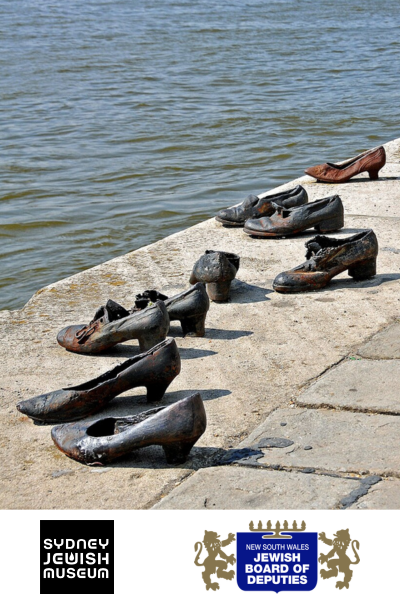
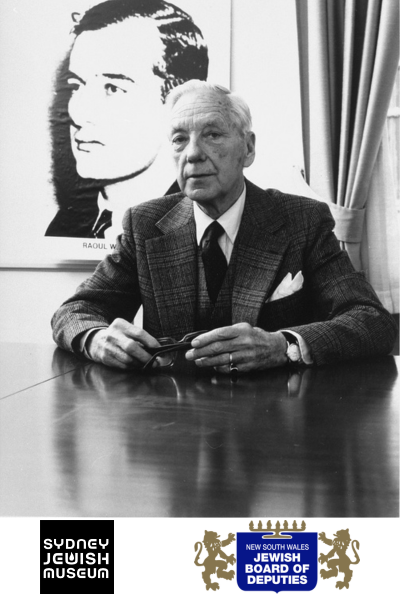
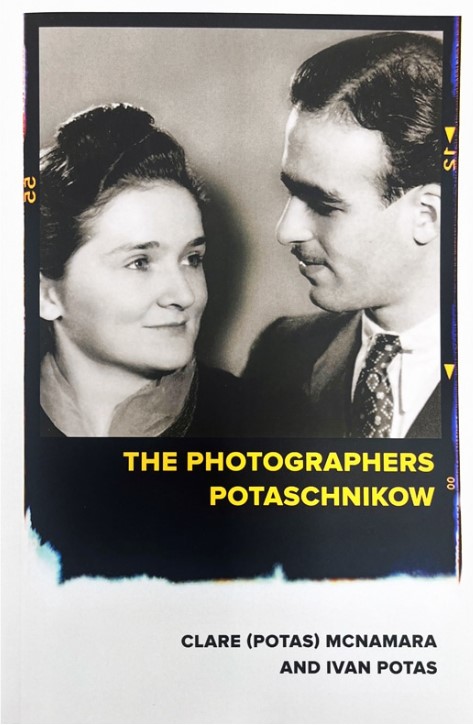

What’s On Newsletter
Keep up to date on all Museum events and exhibitions.